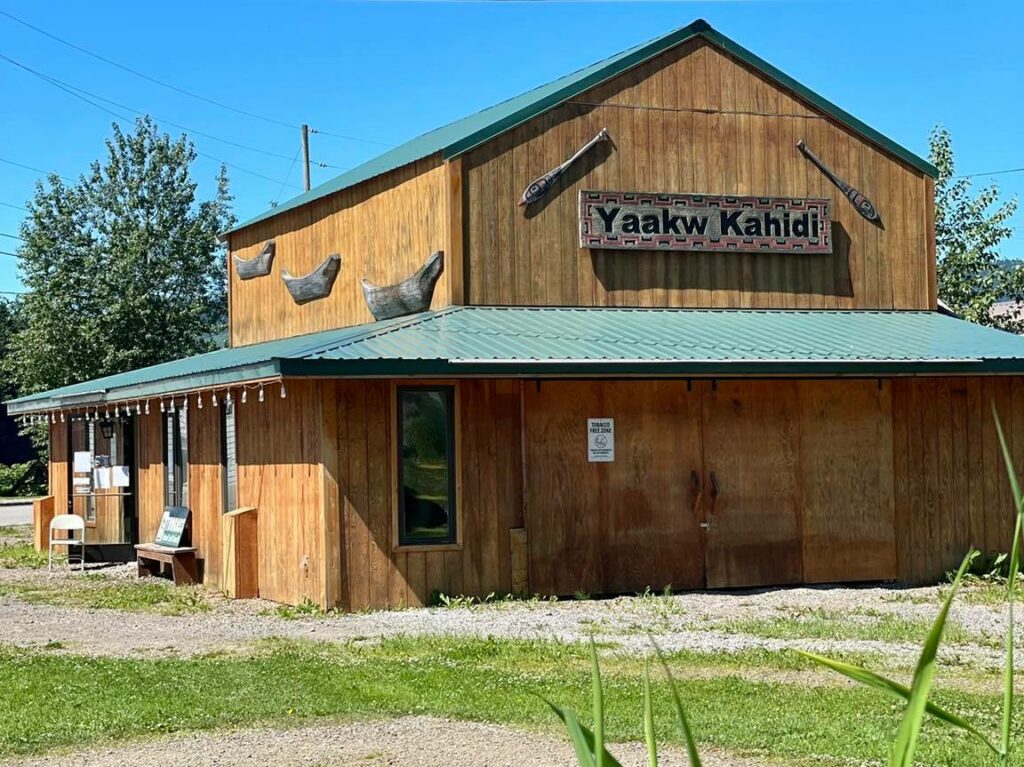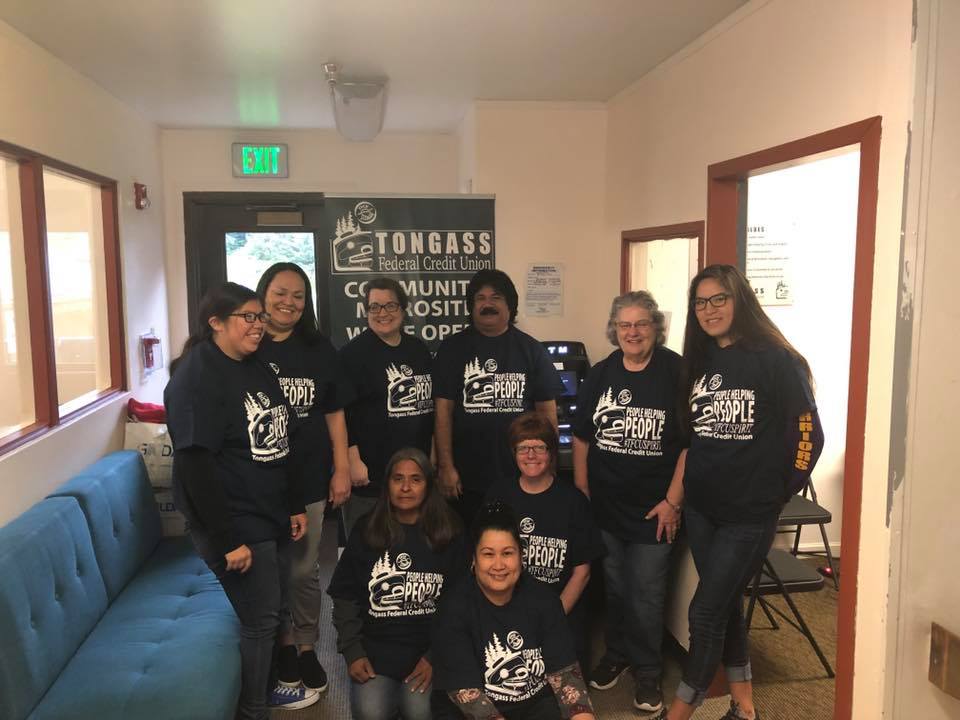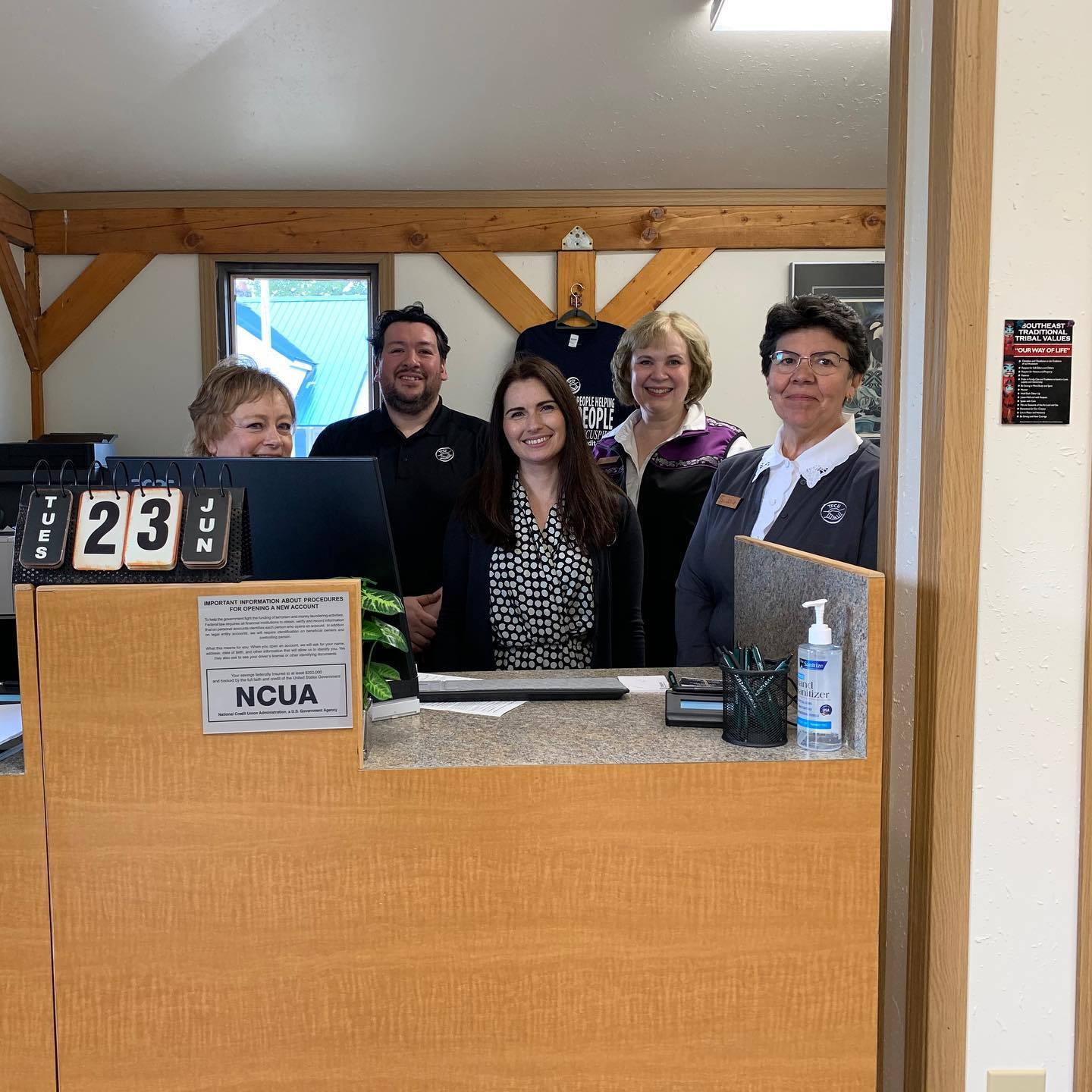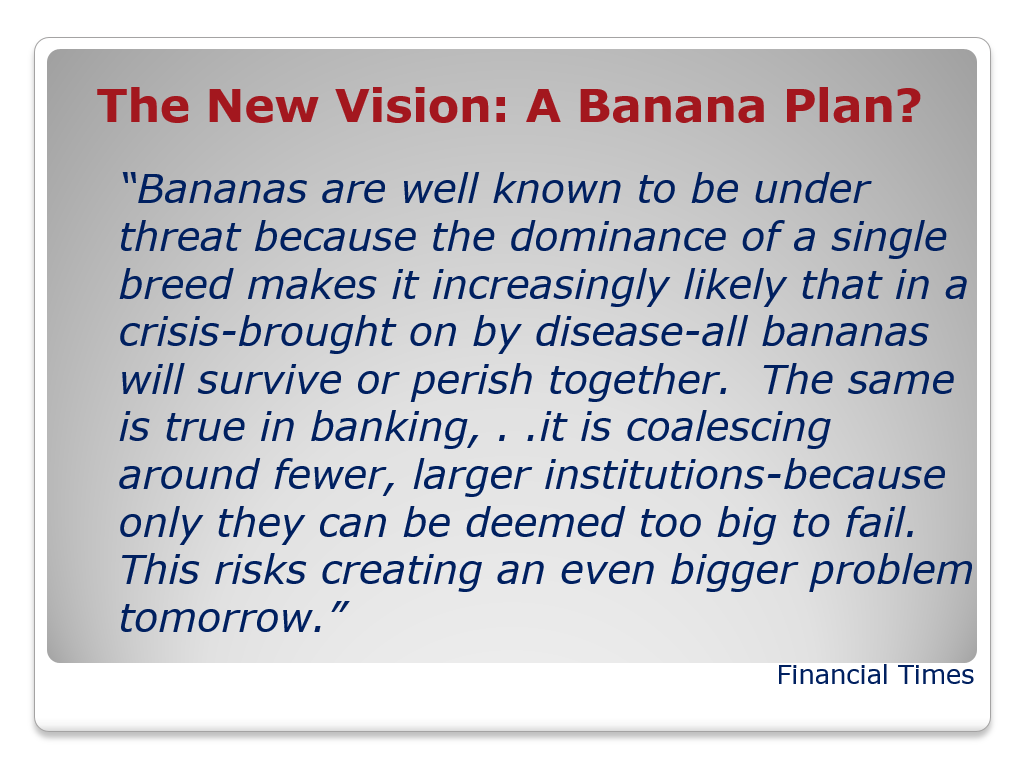Chairman Harper’s Senate hearing for a second term confirmed his intentions for NCUA. In his opening statement and when answering questions, he reiterated his regulatory to-do list. Along with prior speeches and proposals these include:
- Establishing a separate consumer examination force (he stated NCUA is working on a white paper to validate this need).
- Eliminate all current legislative constraints on NCUSIF funding and premium assessments.
- Seek authority for examining and supervising third party vendors serving credit unions.
- Climate change risk must be included when evaluating safety and soundness.
- And the need for multiple agency investments to “continue prioritizing capital and liquidity, cybersecurity, consumer financial protection, and diversity, equity, and inclusion.”
His opening Senate statement reflects his experiences as entirely within the “legislative, regulatory and policy” arena. He sees the scope and purpose of his role as running a government agency, not facilitating the relevance, role and reach, i.e. the sustainability of the cooperative system.
Since the late 1990s, I have worked as an advisor, manager, and executive on banking, insurance, and securities legislation and regulation. These jobs have given me broad knowledge of financial services policy and a deep understanding of the many issues facing our nation’s $2 trillion credit union system.
One Vote Short to Enact Harper’s Agenda
Sooner or later all of Harper’s desires to expand NCUA’s authority and resources will receive a second board vote. Either by convincing a current member that “bipartisan compromise” is the correct leadership response, or due to the expiration of one of the other board member’s term.
Harper’s positions are not driven by facts, data analysis, or even trends. He has been advocating for risk-based capital (now linked with CCULR) since 2014 despite all the factual evidence that it is both unneeded and does not work. He persists in immediately imposing this 400+ page rule even in the face of statements such as this by former board Member McWatters at a June 2019 board meeting:
Board Member McWatters: Okay, so there’s work to be done on the rule. And I should also note that when this rule was proposed and finalized, I dissented from it. And I dissented from the rule because in my view, as a lawyer for over 37 years, the rule violates the Federal Credit Union Act. I said that twice in written dissents in some detail in some legal analysis.
Now, I understand that reasonable minds may differ. Other people, other people in this room have a different view. I respect those views, but I also think that if this delay passes, we should look at that. We should go through that analysis again. I don’t want a rule on the books that in my view as a lawyer dealing with issues like this for a long, long time simply does not comply with what Congress told us to do. So I hope that, I hope that we can do that.
The Danger of a Misguided Regulator
We all see what we want to see.
Harper has spent most of his professional life working on legislative and regulatory policy. His goal is to enhance government’s role, not sustain the cooperative movement that created the agency in the first place.
His position on issues is to promote a regulation- heavy outcome.
His lack of credit union experience, knowledge and operations is a serious blind spot.
Today the credit union movement faces growing challenges. They have nothing to do with Harper’s understanding of safety and soundness, forecasting the next recession or even competitors overwhelming the movement through innovation or scale.
There are two wildfires burning uncontrolled throughout the cooperative environment. Both were started internally, and each is continuously fed by NCUA’s actions.
Not “Mergers” but “Collective Euthanasia”
The first wildfire is the increasing use of self-interested mergers, allegedly for economies of scale by managers of sound, stable and long-standing credit unions to become part of a larger one. The increasingly brazen appropriation of credit union members’ common wealth is exemplified by a CEO’s arranging $35 million in funding for the non-profit organization he will run after his $650 million credit union is merged.
These acts of the CEO and senior leadership cashing out via merger are not new. But they are increasingly promoted by third parties who draw up “change of control” clauses for CEO contracts. Then the same CEO’s go out and negotiate their own change to collect the bonus.
NCUA routinely signs off on these self-serving charter cancellations. The problem is more than self-enrichment. Every merger of these long serving credit unions rips out roots feeding the cooperative model. Members’ accounts, loyalty and common resources are transferred to a third party which has little to no relationship to the community which loses their decades old local financial institution.
These mergers destroy the credit union system at its roots. Members leave and the entire basis of the credit union’s soundness, the member relationship, withers and dies.
The continuing credit union may seem strong, but that is a temporary illusion. Loyalty, trust and confidence cannot be bought. They are earned via long standing service relationships.
The common bond which first brought the credit union to life is now transformed into an act of cooperative euthanasia in these merger manipulations.
The rot then shows up in the continuing credit union even when it tries to regain former member’s allegiance. The roots have been severed. As a result the solution is sometimes to ask its own members to approve this collective merger death ritual by the continuing credit union— the story of Xceed CU.
Using Member Reserves to Buy Banks
The second challenge is credit unions using members’ accumulated reserves to buy banks. Often these are outside the credit union’s existing network and market influence. The reasons are to grow faster than might otherwise occur, especially in new markets.
However, paying $1.50 to $2.00 for each $1.00 of book assets sooner or later will lead to a financial dead end. Unlike mergers, these purchases are for cash. There will have to be a return over years to support the premiums being paid for these assets. The results of each purchase will not be known for some time. Meanwhile, credit unions will have to convert new employees, customers and products and services in a process different from the credit union’s traditional member-chosen relationships.
The jury is out as to whether these financial investments will ever payout. But one trend is apparent. Bank purchases to pursue growth becomes a narcotic. It is like an opioid that a CEO and board become addicted to when their own efforts at internal expansion no longer seem enticing. Some credit unions have completed more than one bank purchase. It is not unusual to see a credit union undertake two transactions back-to-back or in a current case, two at once.
The Common Source for these Growing Cooperative Wildfires
Both of these activities are failings of fiduciary duties. The common characteristic in both is credit unions have lost touch with their own members. Their leaders believe the credit union is their personal fiefdom to do as they like, even when the decision is to ask members to commit cooperative suicide by giving up their generations-old charter.
As institutional growth and performance is prioritized over member well-being, the credit union model becomes more and more like the competitors’ it was meant to replace.
In both activities members are kept in the dark- told nothing about bank purchases. Or in mergers, members are given a series of assertions about better products and services that omit significant information or misrepresent the entire situation—and given less than 45 days to act before voting. Few vote, rightly sensing the system is rigged against them, which is often the case.
The solution to these two failings is as straight forward as the cause—empower members to be truly informed and engaged about their credit union’s activities. Transparency is critical whenever members’ collective wealth is used outside the normal business model.
In mergers members are given nothing more than PR cliches. Should ending a successful, sound charter be so much easier than what is required for a new charter in the first place?
Harper sees “consumer protection” as crossing every “T” and dotting every “I”. That approach is fiddling while the cooperative industry burns down. In the meantime, members’ collective legacies are stripped away by their boards and managers.
Sound, well run credit unions are losing their cooperative roots and purpose. No one is willing to address the situation for what it is and stop these extermination. Unfortunately, we know how this movie ends. The original version was called the S & L industry.

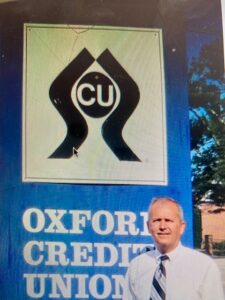 by Jim Blaine
by Jim Blaine
